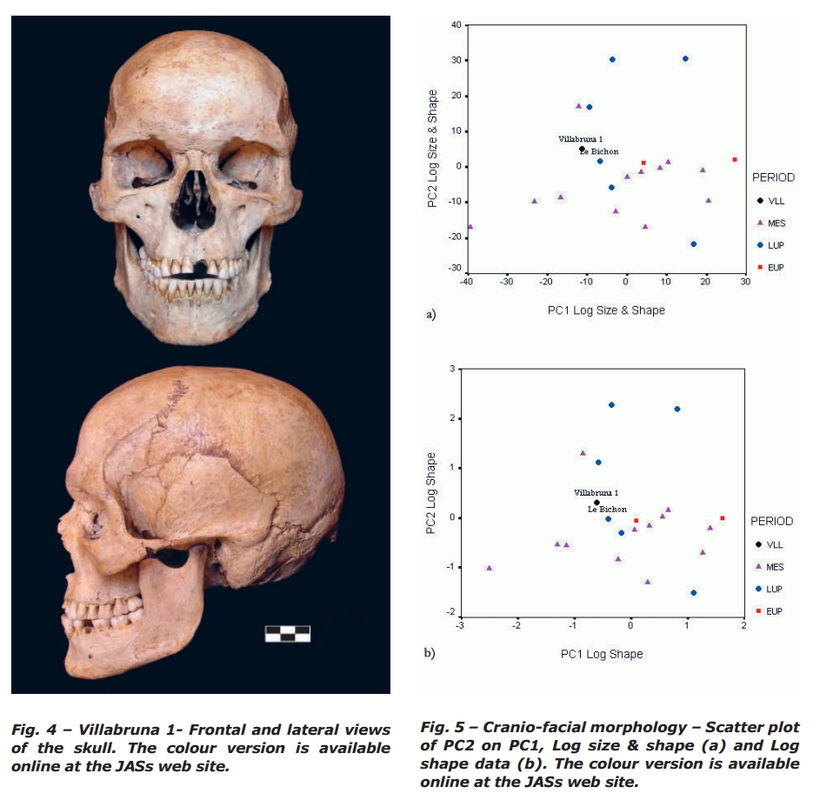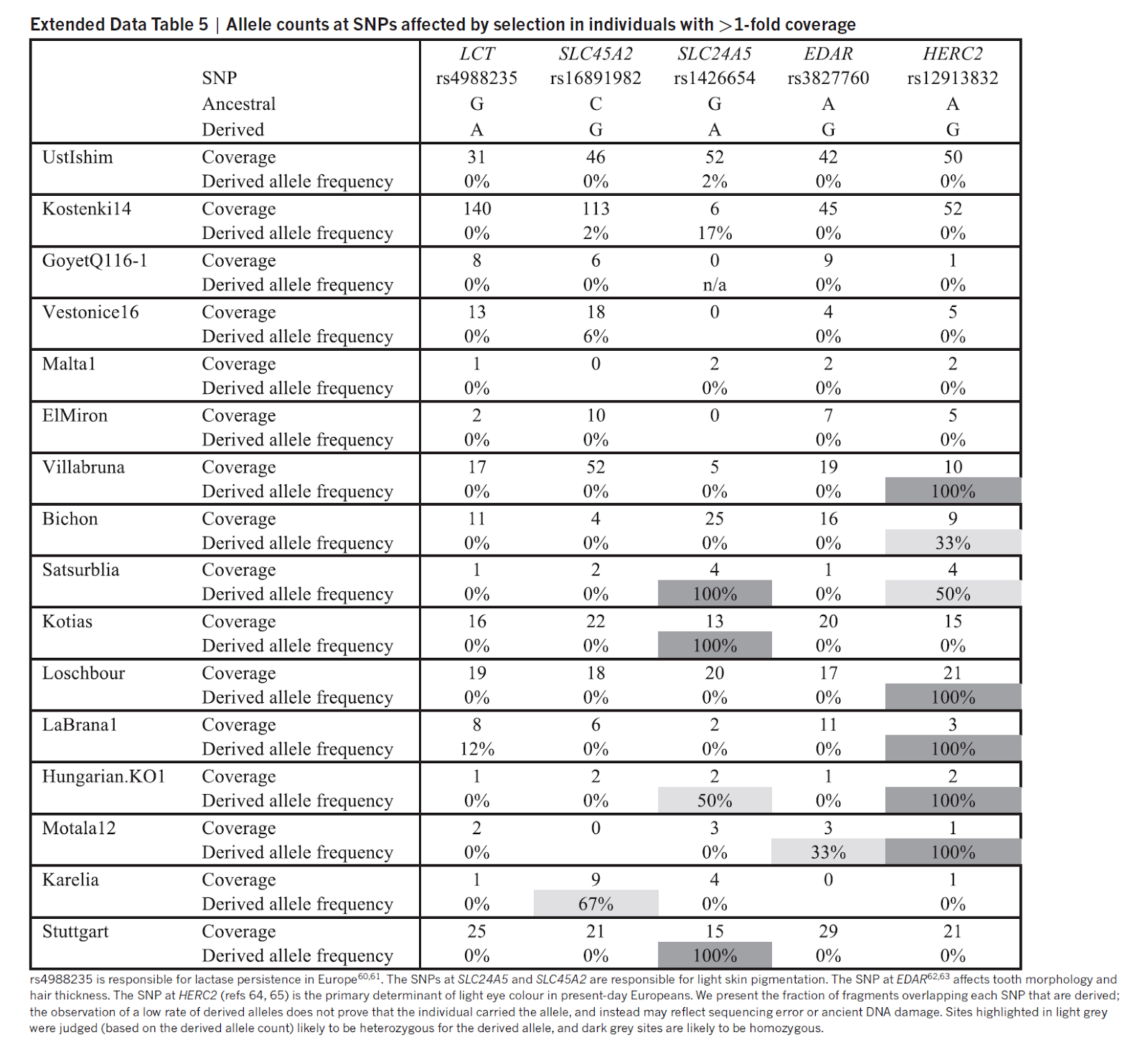|
|
Post by Admin on May 8, 2018 18:30:25 GMT
Grotte du Bichon The small cave “Grotte du Bichon” is situated in the Swiss Jura Mountains, a few kilometres north of the city of La Chaux-de-Fonds (canton Neuchâtel), at an altitude of 845 m a.s.l. (Supplementary Fig. 6). During its first excavation, undertaken by speleologists in 1956, bones of a young man were discovered intermingled with the remains of a female brown bear (Ursusarctos) and nine flint projectile points, apparently stemming from the hunter’s weapons.  Both skeletons as well as the flints were located about 15 m from the entrance, at a recess of the cave, and were associated with charcoal concentrations but with no other archaeological material. Although a hunting accident was already envisioned at that time, without further indications the remains of the bear were considered not to be related to the human skeleton and therefore stored at the natural history museum of La Chaux-de-Fonds, while the human bones and the flints were kept in the archaeology museum of Neuchâtel (Laténium).  Only in 1991, during re-examination of the animal bone material, did archaeozoologist Philippe Morel discover an impact trace and two flint chips (probably a broken tip of an arrowhead) in a cervical vertebra of the bear, thus establishing a clear connection between the animal and the man24. This discovery prompted new excavations that were carried out between 1991 and 1995. |
|
|
|
Post by Admin on May 10, 2018 18:35:51 GMT
 During these new investigations, using modern excavation techniques (including water sieving), all of the missing long bones from the two skeletons were recovered, together with some more flint artefacts. The small lithic assemblage now contained 10 backed points, 16 backed bladelets and one retouched blade fragment, characteristic of final (Azilian) Palaeolithic industries. It seems that the cave was never used as a camp site as unretouched debitage products were not recovered. Four radiocarbon measurements performed on the bones from the bear and the man (two on each) and eight dates obtained from charcoal, from willow (Salix sp.) and from pine (Pinus sylvestis) ranged from 10,950 to 11,760 uncal. BP25. A new direct date on the human skeleton 11,855 ± 50 uncal. BP (OxA-27763) or 13,560- 13,770 cal. BP (95.4% CI, previously unpublished) is in agreement with the dates of the charcoal and pine.  The two genomes of the Caucasus are genetically different samples already obtained from the European Holocene, while the genome of the Bichon cave is equivalent to the genomes of the Western Mesolithic: WHG. This new group is called CHG by the authors for Caucasian Hunter-Gatherers. It differs in particular by the Analysis in Principal Components. The human skeleton was determined to be of a young male, 20-23 years of age, of the Cromagnon type. According to the cranio-facial architecture, it was characterized by classical cranio-facial disharmony, i.e. a relatively long skull associated with a low face and subrectangular eye-sockets, which are quite typical of the time period. The young man weighed a little over 60 kg and stood 1.64 m tall. Although of a relatively slender build, muscle attachments showed him to have been a strong runner and well adapted to mountainous terrain26. His upper limbs show a high degree of asymmetry, indicative of preferential use of the right arm27. Isotopic studies of carbon and nitrogen fractionations indicated a largely meat based terrestrial diet. |
|
|
|
Post by Admin on May 11, 2018 18:27:26 GMT
 In the analysis with the ADMIXTURE software, the CHG samples form a homogeneous group. This suggests a genetic continuity in the Caucasus between 13200 and 9700 years. There is also a genetic continuity in Europe between the Upper Paleolithic and the Mesolithic, since the sample of the Bichon cave is close to the Mesolithic samples of Europe. These results are confirmed by statistics f3 and D.  Geographical proximity between the Caucasus and the Levant raises the question whether CHG samples are linked to EF samples. The authors used the f3 statistic to solve this problem. The results showed that CHG and EF actually form a subclade whose ancestors previously diverged WHG samples. WHG's divergence from the ancestors common to CHG and EF is about 45,000 years old, well before the Glacial Maximum, whereas CHG and EF diverged about 25,000 years ago from a Basal Eurasian lineage: |
|
|
|
Post by Admin on May 12, 2018 18:23:00 GMT
 CHG individuals carry a variant of the SLC24A5 gene associated with light skin like EF individuals, but in contrast to WHGs. However, they carry a variant of the SLC45A2 gene associated with dark skin like the WHG individuals. So they probably had an intermediate color skin between the dark skin of the WHGs and the fair skin of the EFs. They also had dark hair and brown eyes like the Bichon cave individual. Both the WHG and CHG groups have a high homozygosity rate, whereas the EF group indicates a larger population in the farmers than in the hunter-gatherers. The three studied individuals from the Caucasus and Switzerland are men. The mitochondrial haplogroups are K3 for the Paleolithic Caucasian, H13c for the Mesolithic Caucasian and U5b1h for the Bichon Cave individual. The Y chromosome haplogroups are J2a for Paleolithic Caucasian, J for Mesolithic Caucasian, and I2a for the Bichon Cave individual in Switzerland. Thus, if I2 is the characteristic haplogroup of western hunter-gatherers, J seems to be the characteristic halo of hunter-gatherers in the Caucasus.  |
|







